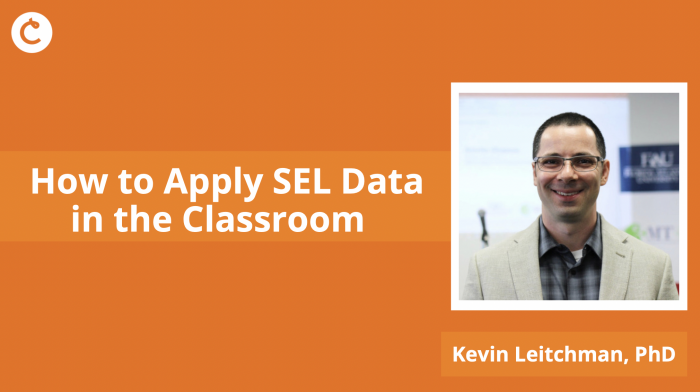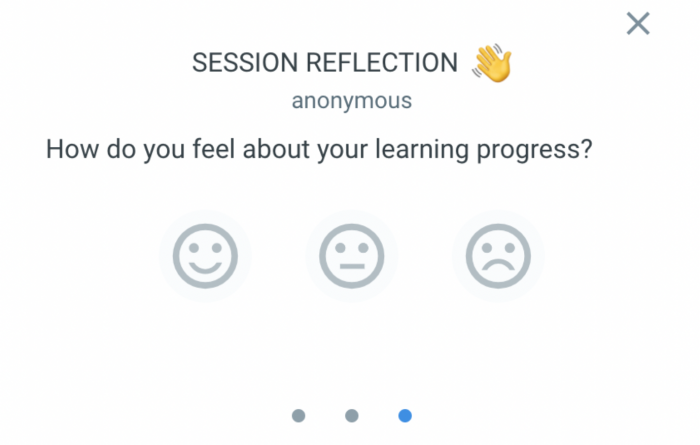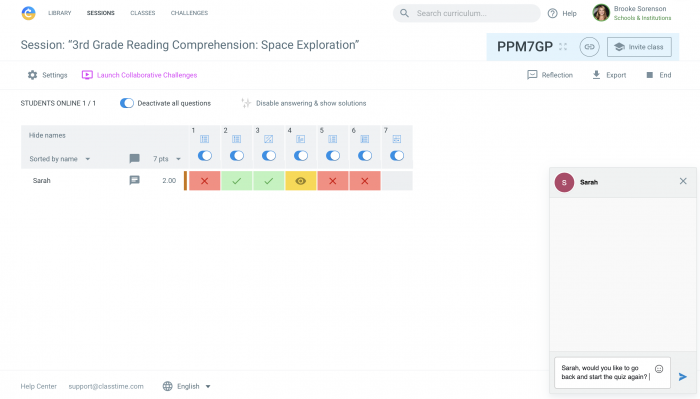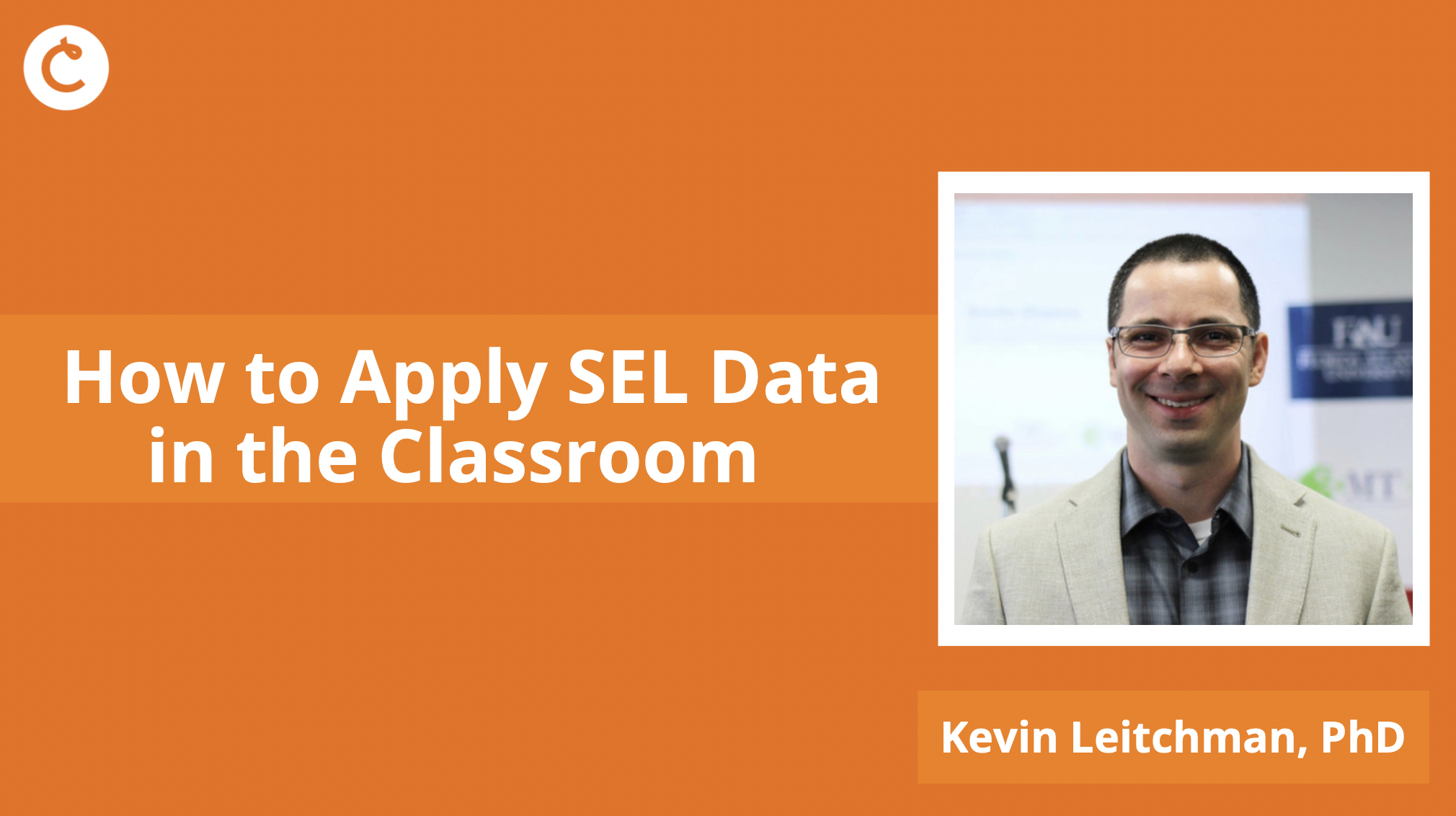How to Incorporate Social-Emotional Learning Data in the Classroom

Demands for Social-Emotional Learning (SEL) resources have been on the rise post-pandemic. According to Houghton Mifflin Harcourt’s 7th Annual Educator Confidence Report, 56% of educators ranked SEL resources as the most critical for getting students on track post-pandemic; making students’ emotional well-being the top concern of educators. Social-emotional learning data can help teachers better understand their students so they can more effectively meet their needs. In this article, author and educational consultant, Kevin Leichtman, shares four ways SEL data can be applied to the classroom.
4 Ways to Apply SEL Data with @KevinLeichtman! #Classtime #SEL #EdTech pic.twitter.com/4iEVF9Keg0
— Classtime (@classtimecom) March 9, 2022
Class Discussions to Create Impactful SEL Lessons
Class discussions and group activities can help build SEL competence. You can start with open-ended questions related to emotional well-being, e.g. where each student practices active listening in their small groups. This data will then allow you to analyze trends and themes to create more impactful SEL lessons.
1-1 Student Chats for Meaningful Relationships
1-1 chats are the best way to stay in touch with your students and build meaningful, personalized relationships with each of them. Individual chats also make the data collection meaningful to students and show them the value of their voice. Once you’ve had a 1-1 chat with each student, you can create content that relates to their life and to the issues they care about most.
Data as an Early Warning System
Collecting data on your students’ emotional well-being can also act as an early warning system. SEL data can help educators and schools proactively identify students who are at risk and can act as an early warning system for suicide ideation, self-harm, problems at home, and a variety of other issues that may be difficult for students to verbalize.
Recognize the Academic Role of SEL
Help students understand that their classroom performance will always be tied to their SEL competency. The better students are able to manage emotions, problem-solve, and involve themselves in positive relationships, the better they will perform academically. Place importance on the academic role of social-emotional learning with your actions, behaviors, and what you model.
Use Classtime to Collect and Analyze SEL data:
- The session reflection allows your students a chance to intentionally think about their feelings regarding their learning progress:

- Use Classtime’s student-teacher live chat to address immediate issues and gather personalized SEL data from each student.

About Dr. Kevin Leichtman: Kevin is the co-founder of TLC Education and a professor at Florida Atlantic University. He is the author of The Perfect Ten: Ten Students, Ten Mindsets, One New Definition of Perfection. Kevin has eight years of experience teaching English language arts, reading, and ESL classes.

